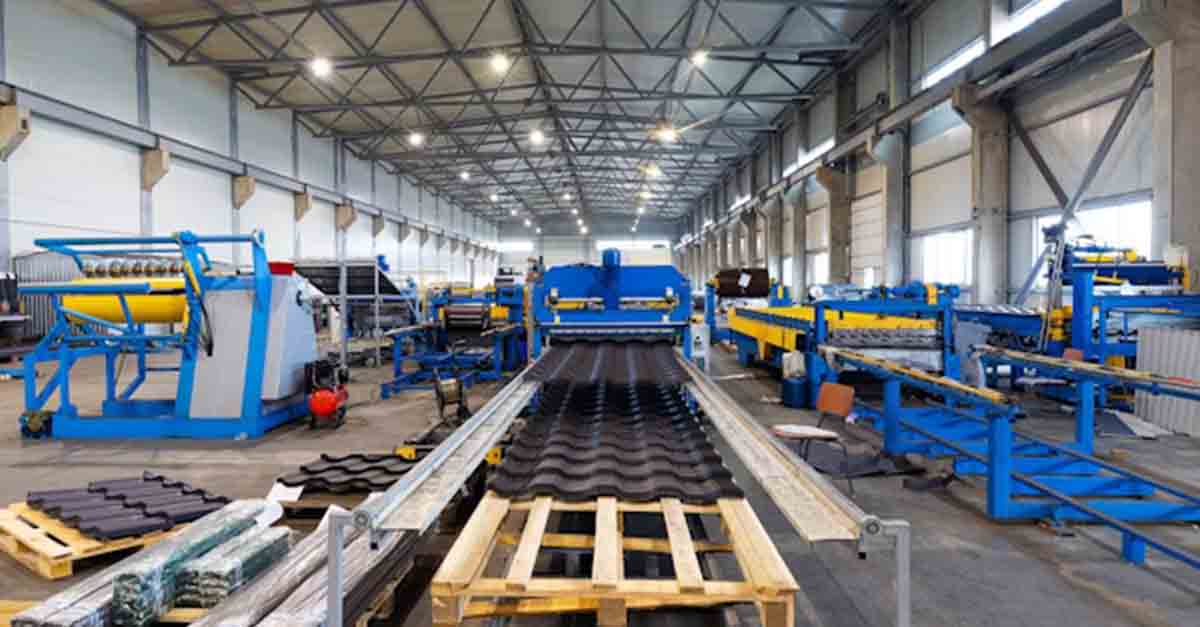
What Is EAM? (Enterprise Asset Management)
Enterprise asset management (EAM) is the process of tracking, managing, and analyzing asset performance and costs through the whole asset lifecycle.
Solutions
Workplace Management Solutions
Real Estate Management Solutions
Maintenance Management Solutions
Energy Management Solutions
Engineering Document Management Solutions
Asset Management Solutions
Automate campus scheduling for classes, meetings, and exams with our EMS software.
Plan and manage conferences effortlessly with EMS software to impress guests and streamline operations.
Boost workplace flexibility and maximize space use with seamless desk and room booking.
Organize workplace or campus events smoothly, creating memorable experiences.
Optimize workspace, manage allocations efficiently, and reduce costs with our space management solutions.
Deliver projects on time and within budget by improving communication, collaboration, and efficiency with our software.
Streamline lease accounting for ASC 842, IFRS, and GASB compliance.
Manage leases efficiently by tracking key dates, analyzing costs, and ensuring compliance.
Centralize data and analytics for better insights, faster negotiations, and revenue growth.
Centralize facility and asset maintenance, automate work orders, and ensure compliance with our CMMS software.
Extend asset life, reduce downtime, and prevent costly repairs with data-driven monitoring.
Prevent equipment failures and extend asset life by detecting and addressing issues early.
Make sustainable, cost-efficient energy decisions by monitoring and optimizing power consumption.
Remotely monitor and control equipment with real-time data to predict issues, boost efficiency, and reduce downtime.
Easily share and collaborate on documents, creating a single source of truth for engineers and contractors.
Manage and analyze assets across their lifecycle to schedule maintenance, reduce downtime, and extend lifespan.
Improve visibility, automate work orders, and ensure compliance for efficient facility and asset management.
Resources
Browse our full library of resources all in one place, including webinars, whitepapers, podcast episodes, and more.
Support
Looking for access to technical support, best practices, helpful videos, or training tools? You’ve come to the right place.
About Accruent
Get the latest information on Accruent, our solutions, events, and the company at large.

Discover the power of Accruent’s Enterprise Asset Management (EAM) software suite for optimizing maintenance processes, enhancing efficiency, and reducing downtime. Read to learn more.
Table of contents
Enterprise Asset Management (EAM) refers to the processes and tools that allow organizations to manage the lifecycle of their physical assets. This includes everything from acquiring, installing, integrating, operating, maintaining, and finally disposing of assets like machinery, infrastructure, and equipment. Effective EAM strategies aim to extend asset lifespan, optimize operational efficiency, and reduce downtime.
Modern EAM solutions integrate various technologies that transform how organizations manage their assets. These include:
A CMMS forms the foundation of EAM by managing maintenance activities. Maintenance Connection streamlines workflows, automates routine tasks, and enables teams to schedule preventative maintenance based on real-time data. Its integration with other systems ensures your team has accurate asset information at all times, enhancing decision-making and reducing downtime.
RedEye and Meridian allow organizations to centralize and manage engineering documents, such as CAD drawings and compliance records. This ensures that your maintenance and engineering teams are working from the same source of truth. Technicians can easily reference wiring diagrams or flow diagrams so they can take care of maintenance tasks safely and quickly. A Cloud-Native EDMS such as RedEye, or On-Premises solution such as Meridian provides robust version control that reduces errors, prevents outdated information from being used, and ensures compliance with industry regulations.
IoT integration through Observe allows remote monitoring of equipment health and energy use in real time. By analyzing this data, companies can predict failures before they occur, reduce unplanned downtime, and operate more efficiently. Should an anomaly occur on an asset, such as excessive heat or vibration, Observe is able to trigger a work order so that a technician can address the issue early. This capability helps organizations reduce maintenance costs and improve operational efficiency.
The real power of Accruent's EAM suite lies in the seamless integration of CMMS, EDMS, and IoT technologies. By combining Maintenance Connection, RedEye or Meridian, and Observe, organizations can:
This holistic approach enables faster decision-making, improved asset longevity, and greater operational efficiency.
Accruent’s integrated EAM + IoT suite serves a wide range of industries by addressing asset management, regulatory compliance, and operational efficiency. Here’s how it works across key sectors:
EAM software can be incredibly beneficial in many cases. If your organization is experiencing growth and expanding its asset base, EAM software can help you effectively manage them even as you grow. It provides centralized visibility and control, streamlines maintenance processes, and ensures efficient asset utilization.
When maintenance activities become complex and challenging to manage manually or with using basic tools, EAM software helps automate maintenance workflows, schedule preventive maintenance, track work orders, and optimize resource allocation. EAM systems also provide data-driven insights to improve maintenance strategies and reduce downtime.
Additionally, industries with stringent regulatory requirements, such as food and beverage manufacturing, and energy, can benefit from EAM features like documentation management, compliance tracking, and audit trails.
If your organization aims to optimize asset performance, minimize downtime, and extend asset lifespan, EAM software can be invaluable. It enables real-time monitoring, predictive maintenance based on data analysis and AI, and condition-based management.
When organizations seek to control maintenance costs, reduce breakdowns, and optimize resource utilization, EAM software becomes crucial. It helps identify inefficiencies, track maintenance expenses, optimize spare parts inventory, and manage service contracts. EAM systems can also support cost analysis, budgeting, and financial reporting related to asset management.
If your company deals with assets with complex lifecycles such as construction projects, infrastructure development, or large-scale manufacturing, EAM software can simplify the management process. It allows you to track assets from acquisition to disposal, manage warranties, monitor project progress, and optimize resource allocation throughout the entire lifecycle.
EAM software provides a wealth of data and analytics capabilities, enabling organizations to gain insights into asset performance, maintenance trends, and operational efficiencies. If your organization aims to leverage data-driven decision-making, EAM software can provide valuable metrics, reports, and visualizations to support informed asset management strategies.
Accruent’s EAM Solution is a top-rated software suite for organizations seeking effective enterprise asset management. With its comprehensive features and user-friendly interface, Accruent EAM streamlines maintenance processes, maximizes asset performance and utilization, and minimizes downtime. By using this powerful suite of tools, businesses can effortlessly schedule and track maintenance tasks, proactively identify equipment issues, and optimize resource allocation.
With robust real-time data analytics and reporting, Accruent EAM empowers organizations to make informed decisions, enhance operational efficiency, and extend the lifespan of their assets. Moreover, the software suite’s cloud-based accessibility ensures seamless collaboration among teams, allowing for improved communication and productivity. Accruent EAM helps business leaders achieve a more efficient and cost-effective asset management strategy, which leads to increased profitability and overall organizational success.
Accruent’s EAM + IoT solution stands out by offering a fully integrated suite, combining CMMS, EDMS, and IoT remote monitoring into one powerful platform. The flexibility of our suite allows businesses to select the components that best meet their needs, whether it’s a standalone CMMS, or a complete EAM system including document management and IoT monitoring.
Accruent EAM helps companies across industries not only manage their assets but also transform how they approach maintenance, compliance, and asset longevity. Whether you're managing a single facility or a global network of assets, Accruent’s scalable solution can grow with your business and ensure that your assets are always optimized.
For more information, or for a personalized demo of the Accruent EAM software suite, contact the Accruent team today.
Enterprise asset management (EAM) is the process of tracking, managing, and analyzing asset performance and costs through the whole asset lifecycle.
Eliminate unplanned downtime, save money, and optimize operations with a comprehensive preventive maintenance schedule.
Learn how effective telecom management can help your business control costs, optimize telecom assets, and ensure seamless connectivity across all ...
Subscribe to stay up to date with our latest news, resources and best practices.
* To unsubscribe at any time, please use the “Unsubscribe” link included in the footer of our emails.